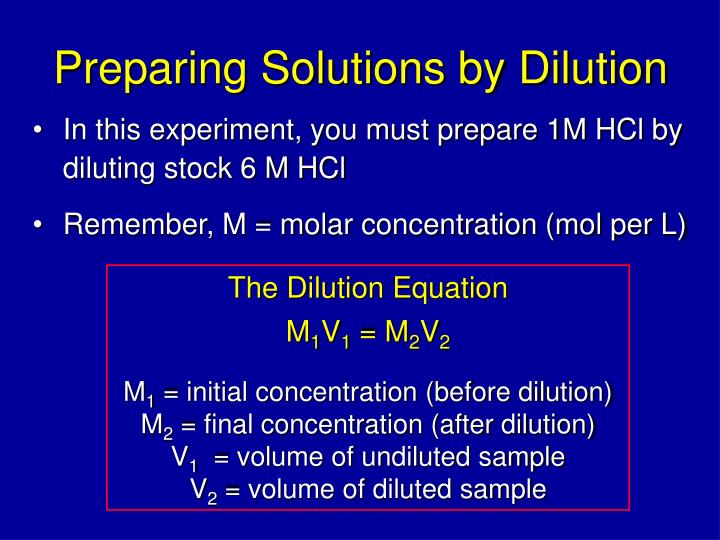

We now know that, the more atoms we have, the greater the resulting mass will be. We have established that the mass of a sample depends on the atomic species that constitute it. Although this is correct, it is not completely precise. Nevertheless, we are used to experiencing weight as a function of the amount of mass: the more mass, the greater the weight.

Kilograms are units of mass, and not weight. We tend to mix up both concepts because of language: it is very common to hear things like “that car weighs 1000 kgs”. On the other hand, weight is a force that arises from the gravitational attraction between the Earth and the mass in the sample. For example, a nitrogen atom has more mass than a hydrogen atom because there are 7 protons in the former and only 1 in the latter. Keep in mind that we have been discussing mass and not weight! Mass is the amount of matter present in a sample of any substance. Think about our previous example: if we prepare hydrogen-1 and oxygen-16 samples of equal mass, the latter will definitely occupy more space, and will therefore have a greater volume. This characteristic is what gives different substances different volumes, even if they have the same mass. The difference in mass between samples of the same number of atoms of different elements is a consequence of the different amounts of subatomic particles that build up each nucleus. Go ahead and try to do the calculation yourself! Now, if we prepare a sample of 10 oxygen-16 atoms, we would have a total mass of 26,8×10^-26kg, since the number of protons and neutrons is bigger than in the case of our hydrogen-1 sample. Those 10 protons present in our sample account for a total mass of 1,67×10^-26kg. Since the mass of protons is over 1800 times bigger than that of electrons, we can ignore the latter. In this sample you can find a total of 10 protons and 10 electrons. These are called protium atoms, which is a hydrogen isotope with just 1 proton and no neutrons in its nucleus. Imagine we take a sample of 10 hydrogen-1 atoms. Let us use an example to understand this better: Since different numbers of protons, neutrons and electrons come together to build an atom, the resulting mass of samples of different elements, made of the same number of atoms, will be different. Lastly, the number of electrons in an atom depends on its total charge, but it will tend to match the number of protons so the atom remains electrically neutral. Their names can also be written as 16O, 17O and 18O. Protons and neutrons sum, in these three cases, 8+8 = 16, 8+9 = 17, and 8+10 = 18, respectively. Since all oxygen atoms in the universe must have 8 protons to be called so, the three most common oxygen isotopes therefore have 8, 9 and 10 neutrons in their nuclei, respectively. The number next to the element’s name indicates the total number of particles in the nucleus. These are called oxygen isotopes, and the most common ones are oxygen-16, oxygen-17, and oxygen-18. Depending on the number of neutrons that accompany them, different types of oxygen atoms are produced. So, how is it possible that different kinds of atoms exist -like the hydrogen, carbon and oxygen atoms that make up all living beings on the planet-, if they are made of the same subatomic particles? The answer is simple: the number of protons and neutrons that constitute the atom’s nucleus form the different elements.įor example, all of the oxygen atoms in the universe have 8 protons. The smallest of the subatomic particles is the electron, with a mass of 9,11×10^-31kg.Īll protons are the same, as are neutrons and electrons. Furthermore, protons have a mass of 1,67×10^-27kg, very similar to that of neutrons (1,675×10^-27kg). Neutrons, as the name implies, are electrically neutral. These are called subatomic particles, and each one has their own characteristics, such as electric charge and mass.įor example, all protons are positively charged, while all electrons are negatively charged. These are very small entities which are, in turn, made of even smaller particles: protons, neutrons and electrons. What is the molar massĪlmost all matter on Earth is made of atoms. Where m is the mass, n the number of moles and M the resulting molar mass.


 0 kommentar(er)
0 kommentar(er)
